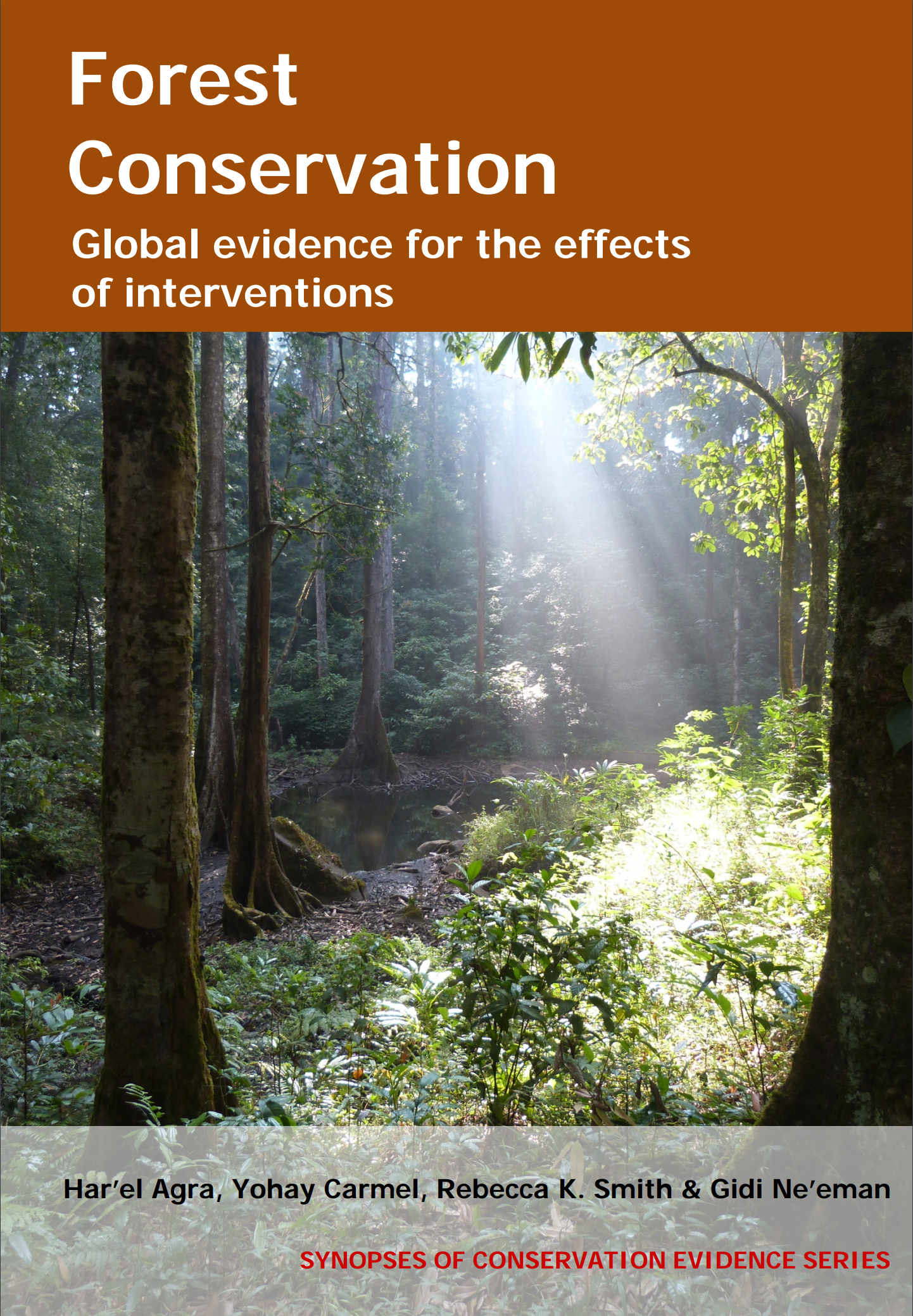Use herbicides after tree planting
-
Overall effectiveness category Unlikely to be beneficial
-
Number of studies: 4
View assessment score
Hide assessment score
How is the evidence assessed?
-
Effectiveness
58% -
Certainty
45% -
Harms
0%
Study locations
Supporting evidence from individual studies
A replicated, randomized, controlled study in 1992-1995 in boreal forest in Sweden (1) found that applying herbicide increased the biomass of English oak Quercus robur seedlings. Dry weight (g/seedling) of stems (herbicide: 1.25-1.75; untreated: 0.45-0.50) and leaves (herbicide: 0.95-1.20; untreated: 0.25-0.35) were lower in untreated than herbicide plots. Data were collected in 1995 in herbicide and untreated (control) plots (25 m2) established in summer 1992 in each of six clearcut and six shelterwood (12.5 m2/ha basal area retained) blocks (cut in 1990). All plots were planted with oak seedlings in November 1992.
Study and other actions testedA replicated, randomized, controlled study in 1988-1995 in boreal forest in Sweden (2) found no effect of herbicide treatment on frost damage to planted Norway spruce Picea abies seedlings. The percentage of seedlings with frost injuries was similar between treatments (site 1: 6-13%; site 2: 30-43%). Five blocks of four herbicide (glyphosate emulsion applied directly to the leaves of the ground vegetation whenever necessary through 1989-1993) and four control plots (4 × 4 m) were established in 1988 in each of two sites. Data were collected in each plot two growing seasons after planting of spruce seedlings.
Study and other actions testedA replicated, randomized, controlled study in 1999-2002 in temperate broadleaf forest in Illinois, USA (3) found that herbicide treatments during reforestation planting increased seedlings stem volume. The stem volume index was higher in herbicide treatments before and after seedling emergence (135 and 115 cm3 respectively) than in control plots (50 cm3). Stem volume index was calculated in 2002 for 40 ash seedlings (planted in 1999) in each control, after emergence (glyphosate) and before emergence (sulfometuron methyl) herbicide treatments (18 × 30 m) replicated in four blocks. Treatments were applied in 1999.
Study and other actions testedA replicated, controlled study in 1998-2006 in temperate forest in Louisiana, USA (4) found no effect of herbicide treatment on the height and basal area of planted longleaf pine Pinus palustris trees. Total cover of understory vegetation was lower in herbicide plots (herbicide: 21%; control 68%). In comparison, longleaf pine height (herbicide: 9.0 m; control 9.1 m) and basal area/tree (herbicide: 12,000 cm2; control 11,600 cm2) were similar between treatments. Data were collected in 2006 in three herbicide (application of triclopyr herbicide without intentionally treating herbaceous plants and vine in 1999, 2001, 2003, and 2005) and three control plots (untreated since 1998) of 0.066 ha. Each plots was planted with 196 longleaf pine seedlings in 1993-1994.
Study and other actions tested
Where has this evidence come from?
List of journals searched by synopsis
All the journals searched for all synopses
This Action forms part of the Action Synopsis:
Forest Conservation
Forest Conservation - Published 2016
Forest synopsis





)_2023.JPG)














